Why is the arc travelling so far, and what kind of vapor conducts electrons so well?
Asked
Active
Viewed 357 times
2
-
3You mention both "fumes" and "smoke" but neither are involved nor cited in your source video. Perhaps you can elaborate on why you included them in your question. – JYelton Oct 25 '22 at 21:37
-
the video does not show any smoke – jsotola Oct 26 '22 at 01:01
-
The initial flash constitutes a sharp change of the conductor state by an intensive energy input that leads to lattice destruction, phase transitions, generation of shock waves and electromagnetic radiation. The end-products of the exploding flashing circuit breaker are metal vapor and powders . Shock waves have a crucial role in heating, ionizing, and spreading the plasma particles including metal vapor generated ablated from electrode contacts in a hot plasma. – bandybabboon Oct 26 '22 at 03:42
-
Ok, vapor, not smoke... There is spiralling pall of rising conductive medium that sends the arc 3-4 meters above the ambient air of the circuit breaker. Even small percentages of metal vapor at the arc temperature range (15 000 K–25 000 K) can significantly affect its radiative level, the energy balance of the arc, and consequently, its voltage magnitude. So I think there is metal in the air. – bandybabboon Oct 26 '22 at 03:44
-
You could build a Jacob's ladder and see it in real time any time you want. We use to make them with neon sign ballasts and some coat hanger wire. – Gil Oct 26 '22 at 03:48
-
Seen this video so many times. Notice the worker prudently standing behind a grounded metal structure. It seems to stop abruptly when it touches an overhead conductor. – Michael Harvey Jun 07 '23 at 10:54
1 Answers
8
Not smoke, plasma. Plasma arcs have low resistance and are very hot, which causes them to rise. At some point the arc gets too long and cannot be sustained and it disappears or "quenches".
vir
- 14,718
- 13
- 28
-
The plasma boundary is about 10.000K jumps through regions that look a lot cooler and I wonder what the chemistry and metal vapor can be. Isn't the plasma boundary less than 1cm in a volume of cold vapor that is of far greater volume? What about metal content from ablated electrodes? This is a fault arc, the air is never normally that conductive. – bandybabboon Oct 26 '22 at 04:23
-
@LifeInTheTrees I had a longish discussion with a plasma physicist, years ago (around 2004 or so.) I learned a few things -- mostly that I didn't want to study it anymore! Partly, because just getting into gas discharge physics (junior achievement level) requires a minimum of 2 spatial and 1 time dimension of PDEs coupled into at least 6-dim ODEs to *begin* to apprehend well. (And that doesn't even start including necessary radiation transport and atomic interactions.) – jonk Oct 26 '22 at 04:48
-
2@LifeInTheTrees A simpler (idiot-level) version still uses global rate equations that assume spatially averaged densities for the charged particles and neutral atoms and molecules (wrong, of course.) Then adds excited and metastable states. There is a *modest, intermediate* text by Lieberman and Lichtenberg called *"Principles of Plasma Discharges and Materials Processing*." (John Wiley and Sons.) It has a good treatment on the fundamentals of discharges and those simplified global rate models I mentioned, plus something on collisions and DC and RF discharges. – jonk Oct 26 '22 at 04:49
-
1@LifeInTheTrees If you want my copy of that textbook (2nd edition, 2005) and my study notes, my wife would be very pleased to see me send them to you. ;) (I actually like math. But my best wishes goes to anyone here foolish enough to attempt to explain that picture in ***quantitative*** predictive detail.) – jonk Oct 26 '22 at 05:02
-
@jonk thanks for the offer, I am reading some research about fault arcs and the effect of metal vapor on photon output, voltage and conductivity of the plasma. I'd like to know the atomic states of the ions and how many electrons they are missing and what the electrical properties of different ionized elements, i.e. nitrogen has low electron mobility and metals have high mobility so the electrons transport would be favored between oxygen and metal atoms, also reading about oil and compressed air arc quenching technology, and empricial spectrographic analyses of ambient fault arcs. – bandybabboon Oct 26 '22 at 11:03
